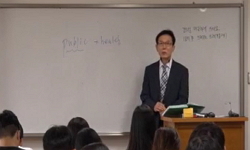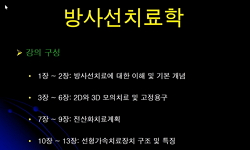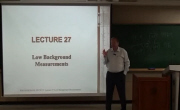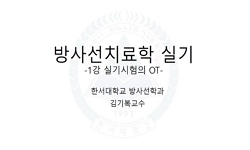Background: Interest in radiation-related health problems has been growing with the increase in the number of workers in radiation-related jobs. Although an occupational level of radiation exposure would not likely cause azoospermia, several studies h...
http://chineseinput.net/에서 pinyin(병음)방식으로 중국어를 변환할 수 있습니다.
변환된 중국어를 복사하여 사용하시면 됩니다.
- 中文 을 입력하시려면 zhongwen을 입력하시고 space를누르시면됩니다.
- 北京 을 입력하시려면 beijing을 입력하시고 space를 누르시면 됩니다.
https://www.riss.kr/link?id=A103537383
- 저자
- 발행기관
- 학술지명
- 권호사항
-
발행연도
2017
-
작성언어
English
- 주제어
-
등재정보
KCI등재후보
-
자료형태
학술저널
-
수록면
15-18(4쪽)
- DOI식별코드
- 제공처
-
0
상세조회 -
0
다운로드
부가정보
다국어 초록 (Multilingual Abstract)
Background: Interest in radiation-related health problems has been growing with the increase in the number of workers in radiation-related jobs. Although an occupational level of radiation exposure would not likely cause azoospermia, several studies have reported the relation between radiation exposure and azoospermia after accidental or therapeutic radiation exposure. We describe a case of azoospermia in a non-destructive testing (NDT) worker exposed to radiation and discuss the problems of the related monitoring system.
Case presentation: A 39-year-old man who was childless after 8 years of marriage was diagnosed with azoospermia through medical evaluations, including testicular biopsy. He did not have any abnormal findings on biochemical evaluations, other risk factors, or evidence of congenital azoospermia. He had been working in an NDT facility from 2005 to 2013, attaching and arranging gamma-ray films on the structures and inner spaces of ships. The patient’s thermoluminescent dosimeter (TLD) badge recorded an exposure level of 0.01781 Gy for 80 months, whereas results of his florescence in situ hybridization (FISH) translocation assay showed an exposure level of up to 1.926 Gy of cumulative radiation, which was sufficient to cause azoospermia. Thus, we concluded that his azoospermia was caused by occupational radiation exposure.
Conclusion: The difference between the exposure dose records measured through TLD badge and the actual exposure dose implies that the monitor used by the NDT worker did not work properly, and such a difference could threaten the health and safety of workers. Thus, to protect the safety and health of NDT workers, education of workers and strengthening of law enforcement are required to ensure that regulations are strictly followed, and if necessary, random sampling of NDT workers using a cytogenetic dosimeter, such as FISH, should be considered.
목차 (Table of Contents)
- Abstract
- Background
- Case presentation
- Discussion
- Conclusion
- Abstract
- Background
- Case presentation
- Discussion
- Conclusion
- References
동일학술지(권/호) 다른 논문
-
The First Evaluation of Workers’ General Health Examination in Korea
- 대한직업환경의학회
- Eun-A Kim
- 2017
- KCI등재후보
-
Participation inequality in the National General Health Examination based on enterprise size
- 대한직업환경의학회
- Young Joong Kang
- 2017
- KCI등재후보
-
- 대한직업환경의학회
- Huisu Eom
- 2017
- KCI등재후보
-
- 대한직업환경의학회
- Saerom Lee
- 2017
- KCI등재후보






 DBpia
DBpia






